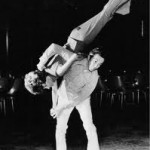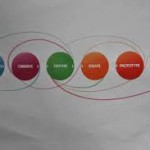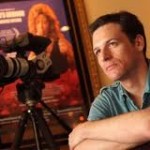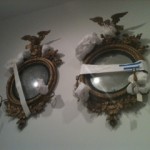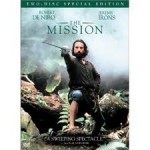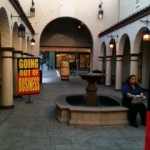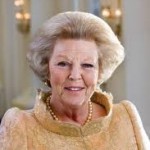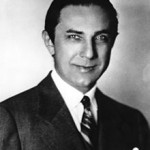 Life as a “student” on the Stanford Campus is amazing and energizing. I’ve been mixing up a bunch of different classes and other experiences from taking “design thinking” bootcamps to lectures on the historical significance of chocolate on Mexican culture.
Life as a “student” on the Stanford Campus is amazing and energizing. I’ve been mixing up a bunch of different classes and other experiences from taking “design thinking” bootcamps to lectures on the historical significance of chocolate on Mexican culture.
Yesterday, however, was a day dedicated to the voice. Here’s a rundown of what I did:
1. 9am Voice audition for Stephen Sato, who heads up the choral programs at Stanford. Audition went well. I’m hoping to sing in the thesis choruses run by a couple of his graduate students. Should be interesting repertoire and good singers.
2. 1.15pm Voice workshop with Thomas Freeland. Prof Freeland is a professional actor and is teaching a class on healthy vocal technique. We are learning stretches, breathing exercises, projection, support and other much-needed skills. I have been suffering from some vocal fatigue what with presenting a radio show, singing a lot and talking to people all the time in my role as a reporter. In short, I could use some assistance in regulating my bad habits. Freeland is even going to teach us to yawn properly: “The untutored yawn is a scourge,” he said at one point.
3. 2.15pm Vocal Repertory Workshop with Marie-Louise Catsalis. This class is going to kick my butt. And I’m certain it’s going to blow me away. Over the course of the semester, we are going to create a critical edition of a handwritten Italian manuscript from the 17th century, receive private coaching each week on period performance techniques and then perform and record the work — in this case, Serenata a 2 voci Aglaura e Corebo by Severa de Luca (who was one of Scarlatti’s friends) — in Stanford’s state of the art recording. Nicholas McGegan, a hero of mine and the head of the Philharmonia Baroque Orchestra, is coming in to teach a special workshop. Plus, I’m going to get to learn all kinds of new skills like using music software on the computer and translating Italian lyrics. I’m also going to have to dust off some long-dormant knowledge I once had about how to write a figured bass. THis is going to be a wild ride.
4. 7.30pm Early Music Singers Rehearsal. We sightread through two hours worth of sacred and secular music by William Byrd. It’s kind of a fuddy old choir, though this type of music always floats my boat. I don’t know if I’m going to continue with it. Probably not.

